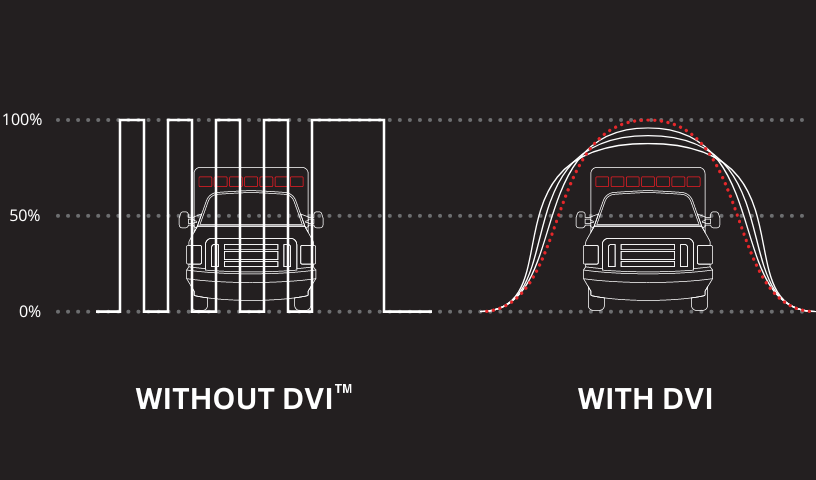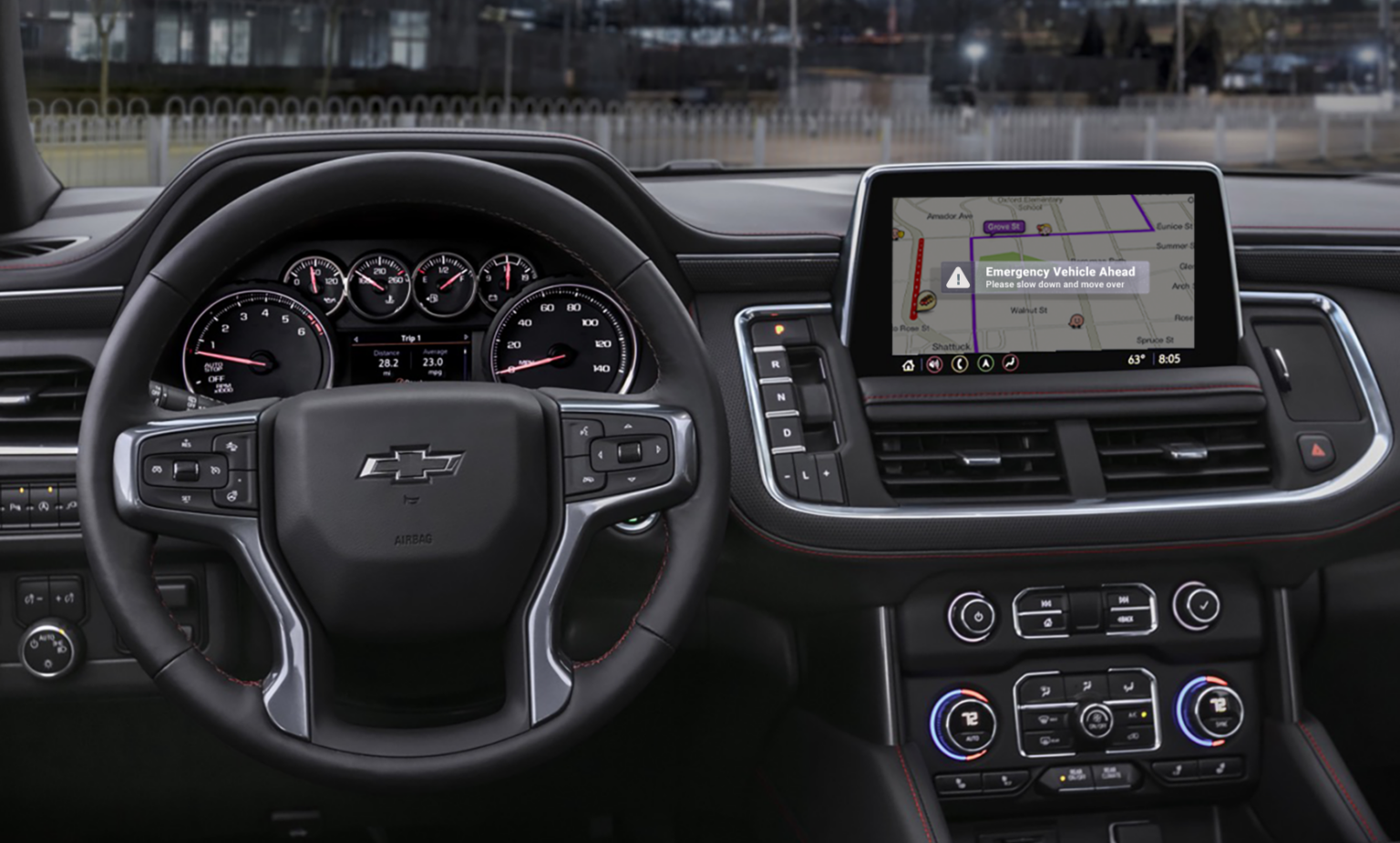Analog Meets Digital: Revolutionizing Emergency Scene Safety for Firefighters
This article was first published in the September 2023 edition of Fire Apparatus & Emergency Equipment.
In emergency situations, the safety of firefighters and other first responders is of paramount importance. To ensure their well-being and effectiveness, emergency warning manufacturers are continuously innovating and improving their products. These manufacturers are exploring both analog and digital approaches to enhance emergency warning systems, provide critical information, and improve communication channels. By adopting advanced technologies and incorporating user feedback, these manufacturers are making significant strides in safeguarding the lives of those on the frontlines.
Analog Improvements
Analog emergency warning systems have long been relied upon for their simplicity and effectiveness. However, manufacturers are constantly improving these systems and looking for new ways to address the evolving needs of first responders. One significant development is the enhancement of siren technology. Traditional sirens have undergone modifications to produce more focused and directional sound, allowing for better sound propagation in different environments. This enables first responders to send crucial audible warnings even in noisy or crowded situations. One example is Whelen Engineering’s Howler™ siren, which provides deep tones to penetrate other vehicles and alert drivers and pedestrians of an approaching apparatus. Firefighters find this siren particularly effective in cities and other loud areas where competing sounds mean a traditional siren may not be heard.
Another area of improvement in analog systems is the advancement of visual cues. Manufacturers have introduced more effective and visible lighting for apparatus allowing them to be seen more easily at night, and it continues to improve as feedback from the field yields new insights. Dynamic Variable Intensity (DVI™) patterns, an innovative series of flash patterns also designed by Whelen, help create an advanced level of safety at nighttime emergency scenes for both first responders and the motoring public by gradually increasing and decreasing warning light intensity. The company first introduced the concept in 2019 after extensive research and feedback from first responders and others. They recognized that a high-intensity, multi-flash, light output was critical to drawing the most attention to emergency warning vehicles during the day, but at nighttime scenes however, the rapid on-and-off of LED warning lights did not offer the same benefits. Adjustments were needed not just in intensity they, but also in pattern. By slowing the flashes down with DVI, the motoring public can better absorb their surroundings, process the environment, and feel more at ease as they navigate the roadway, increasing the safety of both first responders and motorists.

Vehicle-to-Vehicle Synchronization is another improvement enhancing safety for everyone on the road. With this technology, lights and tones on multiple vehicles can by automatically synced to provide a calmer and more coordinated scene. Synchronized flash patterns can be embedded directly into products or controlled digitally through software as part of a centralized system.
Digital Advancements
While analog systems have proven effective, digital advancements have opened new avenues for enhancing emergency warning systems and creating safer emergency scenes. Today’s digital technology offers common-sense safety features that have an immediate impact on first responder and motorist well-being. Features like digital alerting, which allow responders to send advance-warning digital alerts to drivers to notify them when emergency vehicles are approaching or stopped ahead. Real-time notifications are sent through navigation apps and vehicle infotainment systems up to 30 seconds in advance, reducing the likelihood of a collision by as much as 90%. Digital alerting is one of three safety-enhancing features that were recently launched through a partnership between Whelen Engineering and HAAS Alert. These advancements won’t work in an analog system and are only possible with digital technology.
The three new features—digital alerts, responder-to-responder alerts, and geofence controlled tech, work through Whelen’s Vehicle Safety Gateway®, the Whelen Cloud Platform®, a web-based portal that provides real-time monitoring and control of emergency vehicle warning systems; and Safety Cloud by HAAS Alert, a cloud-based connected safety platform that enables the sharing of critical information between vehicles, infrastructure, and emergency services.
“The integration of the Whelen Cloud Platform with Safety Cloud is an important step forward in improving the safety of first responders and the public,” said Geoff Marsh, CEO of Whelen, in their recent press release about the collaboration. “By sending alerts to notify nearby vehicles, we can help prevent accidents and improve situational awareness for all drivers on the road.”

Responder-to-responder alerts allow emergency vehicles to communicate directly with each other in the field, enhancing safety and helping avoid collisions, like when two apparatus are approaching the same intersection at the same time. Fleet managers can customize how they receive the alerts.
The third feature, geofence controlled tech, uses geographic boundaries to trigger automated functions, like changing a vehicle’s flash patterns when it enters a work zone or reducing the intensity of siren tones when in a school zone. With this feature, fleet managers can configure lighting and tones to change automatically when a vehicle approaches a particular location or assist with fleet management by triggering firmware and configuration updates when vehicles return to the garage. The feature is highly customizable and easy to use, allowing specific geofences to be toggled on or off as needed. Setting up new geofences is as simple as selecting the desired area on a map and adding a few details.
“HAAS Alert prides itself on partnering with market leaders to accelerate safety outcomes, making our roadways safer for everyone,” said Cory Hohs, CEO of HAAS Alert. “Our partnership with Whelen Engineering demonstrates their commitment to bringing innovative, best-of-breed solutions to their customers.”
Another company making roadways safer for first responders and the motoring public is Miovision. Their emergency vehicle preemption solution, Opticom™, clears intersections and gives emergency vehicles the green light. Opticom has been shown to reduce emergency vehicle crashes at the intersection by up to 70%, while enabling responders to arrive at the scene up to 25% faster. It’s truly lifesaving technology.
A Connected Scene Is a Safe Scene
There is no doubt that manufacturers in this industry are committed to improving safety for first responders. They are combining analog technology with digital advancements to make emergency scenes more connected and safer than ever before. Elite manufacturers recognize that as an industry, we are all in this together and they are partnering with like-minded organizations in their shared mission to protect those who protect others. Firefighters can be assured they will continue to innovate and develop new technologies that increase safety on the way to an emergency, on scene, or wherever the next call takes them.



